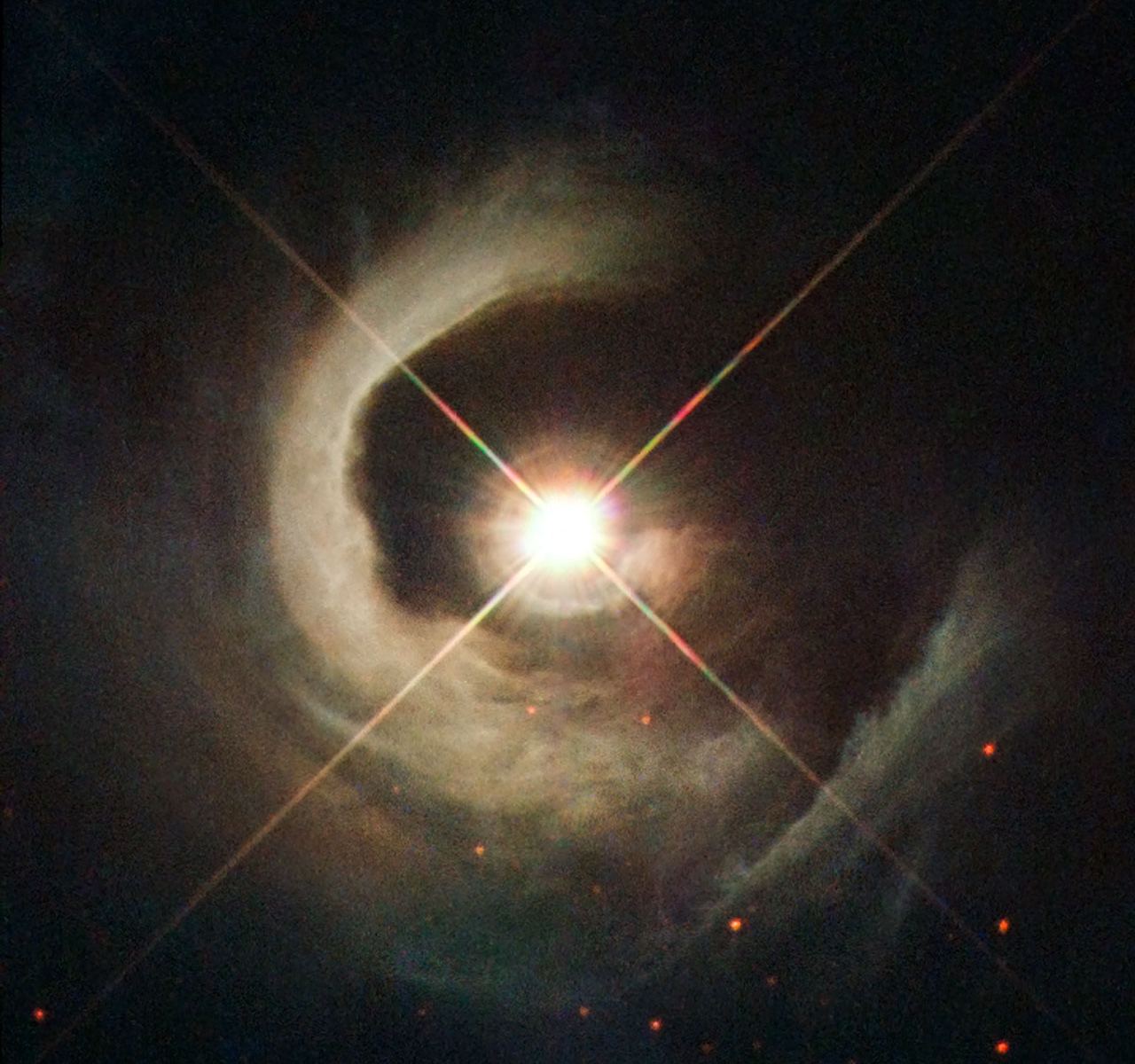The early universe was a much different place than our own, and astronomers do not fully understand how baby stars grew up in that environment. And while instruments like the James Webb Space Telescope will pierce back into the earliest epochs of star formation, we don’t always have to work so hard – there may be clues closer to home.
Star formation is a complex business. To make a baby star you need to start with a large, amorphous blob-like cloud of gas and dust and compress it down to the densities needed to trigger nuclear fusion. In order to make this process work you also have to remove a lot of heat. That’s because as the gas cloud compresses it heats up, and a hot cloud of gas can just sit there in equilibrium forever. So as the gas cloud compresses you also have to remove heat from the system so that it can compress even further.
Modern-day clouds of gas do this by emitting radiation as they compress, and elements heavier than helium (in the astronomy world these are commonly called metals) do a fantastic job of removing heat from the collapsing gas clouds. But in the early universe these gas clouds were much more primordial, having little-to-no metals in them.
Astronomers don’t yet understand how stars grew up in such a metal-poor environment.
One way to tackle this problem is to use massive observatories like the James Webb Space Telescope. Another way, led by Professor Toshikazu Onishi of the Osaka Metropolitan University and Project Assistant Professor Kazuki Tokuda of Kyushu University, is to look nearby. Like the Small Magellanic Cloud.

The Small Magellanic Cloud isn’t quite as pristine as the early universe, but it does have much fewer metals than average in the Milky Way galaxy. And as an added bonus, it’s much more accessible to us than the early universe.
The international team of astronomers recently used ALMA, the Atacama Large Millimeter/submillimeter Array, and caught a baby star in the process of formation. They observed extremely fast outflows from the newborn star. These outflows are driven by incredibly strong electric and magnetic fields in the gas cloud as it compresses.
Astronomers believe that these kinds of outflows suppress the rotational motion of the gas around the newly forming star. This slowdown increases the rate of growth, potentially leading to larger stars. Further research will reveal whether this is a common method of star building in the early universe, potentially leading to stars much bigger than the modern day average.

